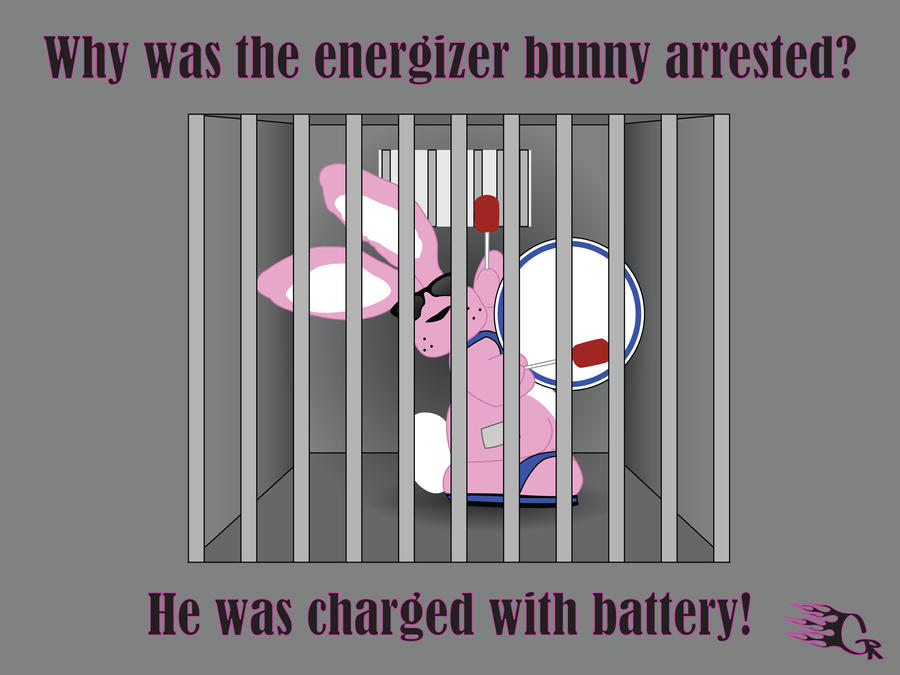Hey guys, it’s story time.
This is the happy story of my first vehicle. Now let’s be clear, when I was a newly-licensed perky little driver I drove a couple of my family’s vehicles…mostly into the ground. But then, I moved out and bought my first real vehicle.
It was mine. All Mine. Muahahahaha.

http://www.corbisimages.com/stock-photo/rights-managed/42-19549335/girl-driving-toy-truck-over-peas-and
I could drive all over the place and never once have to run errands for my parents.
I did the normal amount of research for a 19 year old.
Since I had no credit, getting a loan was out of the question. That with left me with a narrow range of affordability. My first family vehicle was a beat-up pickup truck, and I loved it. Except for one thing.
The engine. The little tiny automatic four cylinder engine. Every time I got on the highway, it was pedal to the metal and I still felt like if a semi came along, I was done for.

http://bowtielaw.wordpress.com/2011/02/24/
So naturally I wanted a larger engine. More power. I realized that this would cost me. A larger engine meant more gasoline burned. I now had several requirements on my list for a new vehicle now. Let’s review:
1.) Pickup Truck
2.) Cheap- less than $3000
3.) Low Miles
4.) Standard Transmission
5.) Decent gas mileage
Now I spent a great deal of time in two places: Craigslist, and Kelley Blue Book.
For those of you out there who aren’t aware, Kelley Blue Book is a website that will tell you the specifics of vehicles you’re looking to purchase. It can be found here:
Official Kelley Blue Book Values You Can Trust From kbb.com – Kelley Blue Book.
I selected dozens of makes and models, closely examining the differences in values and gas mileage. I rejected many: Nissan- too expensive, Toyota- no truck big enough or small enough, Ford-nothing stylish…And then I found it.
A 2000 Dodge Dakota with 92,000 miles on it. The fuel economy was only slightly suspect: according to Kelley Blue Book, it got a whopping 21 miles per gallon highway and an annoying 15 miles per gallon city. All for $2100.
I probably could have done better but I was young and in love.

http://www.a1autohawaii.com/vehicle-details/6539472fe8656e4f8a1df5da7c78f41b/2000+dodge+dakota+slt+plus+2-door+truck.html
I drove an hour to examine the truck. When the man selling it offered me a test drive, I climbed right into the driver’s seat. When I turned over the engine, it roared to life with the kind of sound a big cat makes deep in a jungle.

http://wallpaper-million.com/Animals/Cats-wallpapers/Roaring-Leopard-wallpaper_19.html
By the time I left, I could recite the specs of the engine on command: 3.9L V6 Magnum 5 speed Manual Transmission.
I bought it.
Now here’s the moral of the story, boys and girls, bad gas mileage is bad news. I’d like to think that I get more like 25 mpg with this truck but the truth is, there’s no evidence to back that up.
Let’s theorize about this truck for a minute in terms of money and dependence on fossil fuels.*
*Disclaimer: Math is not my strong suit.
During the summer, my job is 26 miles round-trip from my house. Multiply by 6 days a week, we’re looking at a total of 156 miles driven for work.
If I started work in mid-May and go through mid-October there were 22 weeks in my work season. For the sake of round numbers, we’ll say I go 150 miles a week so I fill up every two weeks.
If we give my truck the generous combined mileage of 20 mpg, with the tank holding 15 gallons that means I can go 300 miles on a full tank before hitting the pumps again. That means 11 fill-ups just to commute to work.
At the time of last summer gas was a hideous average of $3.15/gal. Therefore an empty tank cost me $47. That means it cost me $517 to get to work.
Just to get to work.

http://www.covinoandrich.com/81711-show-recap
Now how many gallons of gas did my summer work life use up? 165.
We all know that there is much fun to be had during summer if you’re a college student. I drove far more than my mere 150 work miles a week. I might have even conquered twice that in some weeks. So when I wonder where all the money I earned throughout the summer went, it’s not hard to imagine a significant chunk went straight into my gas tank.

http://banmilleronbusiness.com/node/1747
Let’s make the picture bigger.
Now my truck has over 135,000 miles on it which means I have driven 43,000 miles. That means 143 tanks of gas. That translates into 2,149 gallons of gas. At an optimistic average of $3.00/gal, this truck has cost me $6450 in gas alone since I purchased it 5 years ago.
Now my head is spinning. Ow.
I’m about to graduate and this might be the year I finally trade in the truck while it still has trade-in value. So the question is: What do I get now?
The good news is that there are many vehicles that either get very high gas mileage or rely on electricity available on today’s market. Let’s take a look, shall we?
First, the electric cars!
For a while last year, Hulu bombarded me with this particular ad, which I found disturbing:
People Person (:30): Toyota Prius Family – YouTube.
Because a giant person made of other people is CREEPY, Toyota. CREEPY.
But the newest commercial being shoved in my face is about the little Nissan Leaf. Yet another 100% electric car, but I take offense to the moment where “O” is represented by a pregnant woman’s stomach. That’s at least plus two, Nissan. And bearing children isn’t “everything.” Feminist rant aside, here’s the commercial anyway:
Nissan LEAF: The Value of Zero – YouTube.
Now, these are the two types of electric cars being widely advertised right now. But automakers aren’t ready to go fossil-fuel-free just yet. There are lists of enticing vehicles boasting more than 35 mpg. I found one such list on the governmental Fuel Economy website.
(The entire list can be viewed here: Best and Worst Fuel Economy.)
Now for purely gasoline powered vehicles, this was on the top of the list:

http://www.newcars.com/honda/crz
This is the 2012 Honda CR-Z. It boasts a combined 37 mpg, according to the Fuel Economy website. Note the distinctly Prius-like body style.
Next down on the Fuel Economy list was this car:

http://stwot.motortrend.com/files/2011/07/2012-scion-iq-front-left-623x389.jpg
This is the little-teeny 2012 Scion iQ. Same combined mpg as the Honda, only smaller. Doesn’t it look like something you’ve seen before? Just maybe?
Here, let me refresh your memory:

http://www.jokeroo.com/pictures/car/carlsson-2012-smart-fortwo.html
Ohh riiiight. That, my friends, is the Smartcar. Hmm. So far, we’ve seen two of the most fuel efficient gas-powered vehicles on the 2012 market, and they look like vehicles we’ve seen before.
It’s not about looks, luckily. There is third type of vehicle on the popular market for those searching for something new. A gas-electric hybrid. Here’s an example:
2012 Chevy Volt | Electric Car | Chevrolet.
This link takes you to the Chevy Volt website. This is an interesting site to peruse, especially because the tagline is “Somebody has to be first.”
Now this implies that Chevy is at the forefront of the gas-electric hybrid market, however I want to point out briefly that the gas-electric hybrid is sort of a fence-straddling vehicle. It might be an excellent stepping stone for those who are not entirely sold on the concept of the electric car.
While these evolving efforts by automakers are encouraging, there is still a downside to the consumers who buy into new technology.
Currently there are very, very few mechanics trained to fix electric car systems. At this time, if something goes wrong, the primary option is to return the car for the service at the dealer which is both expensive and time-consuming.
There is a learning curve to this new technology, and until the automobile service industry catches up, the consumers who purchase electric or electric hybrids are going to be the ones paying for their responsible choices.
Now please don’t let this dissuade any of you out there who desire electric vehicles, just something more to think about as automakers embrace changing attitudes about our environment.
Happy car shopping!




































